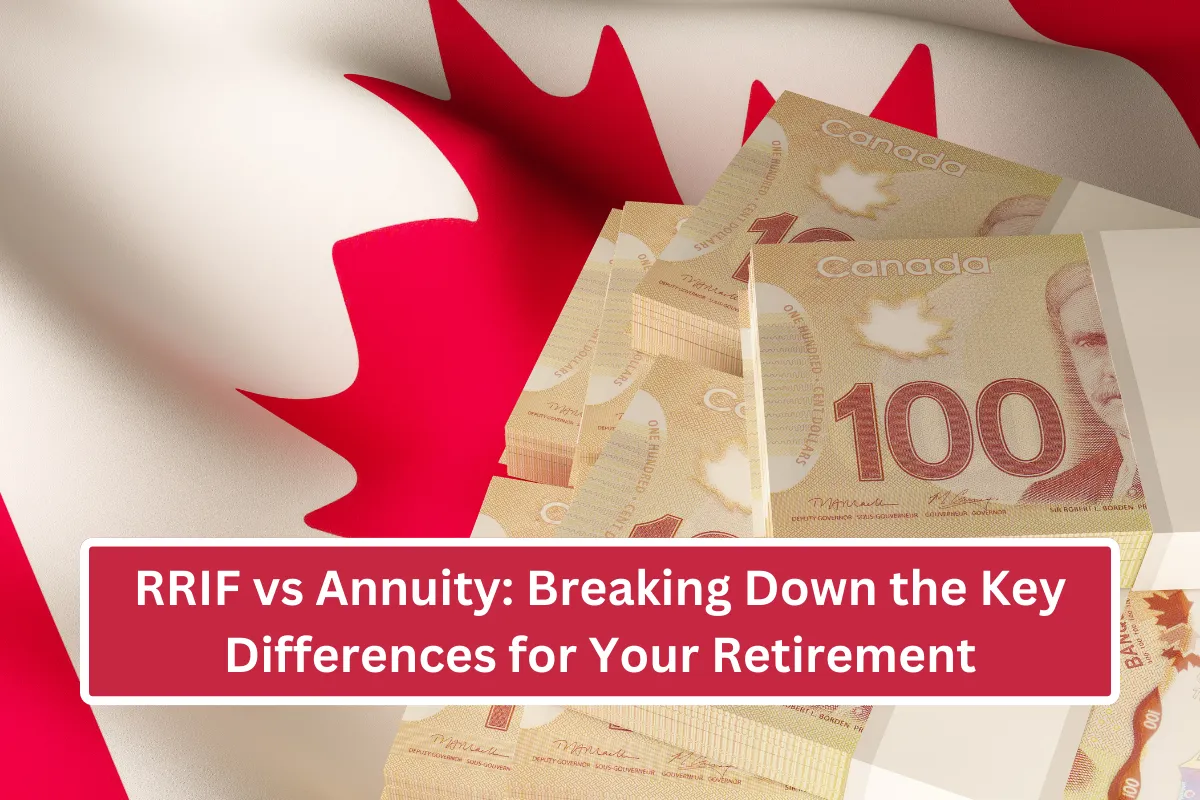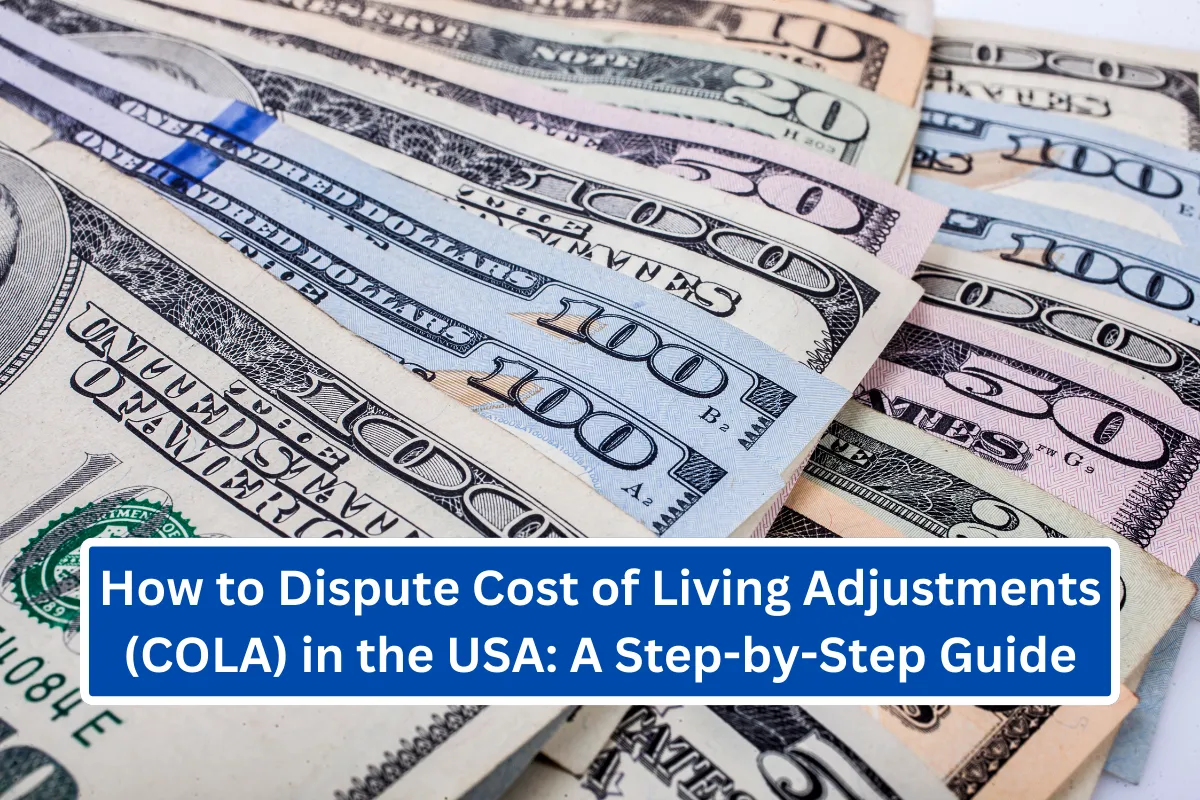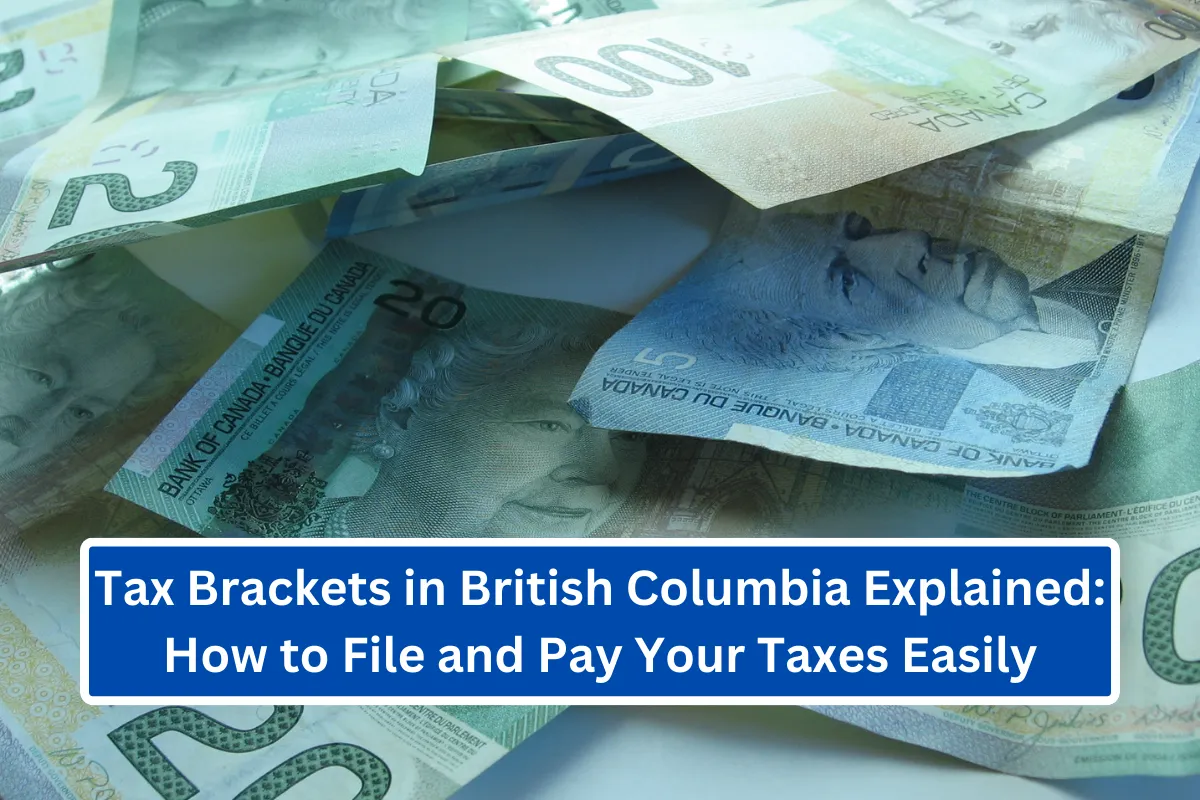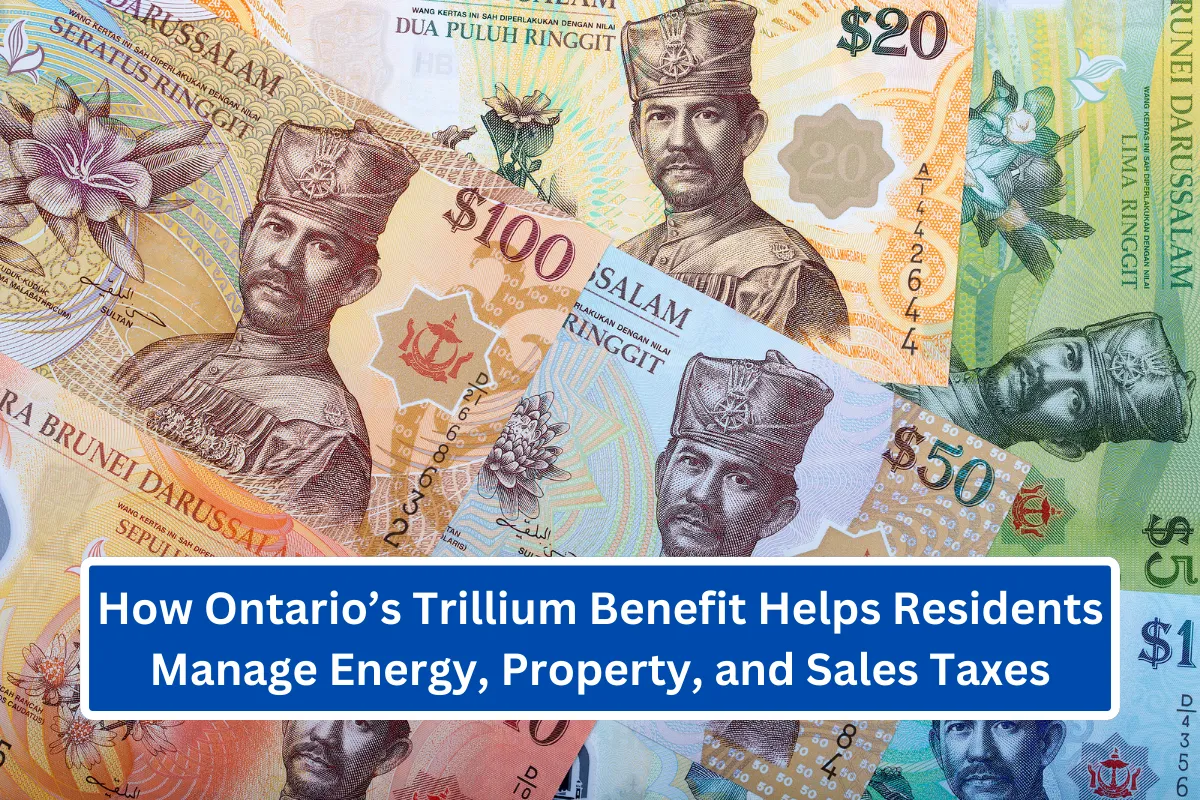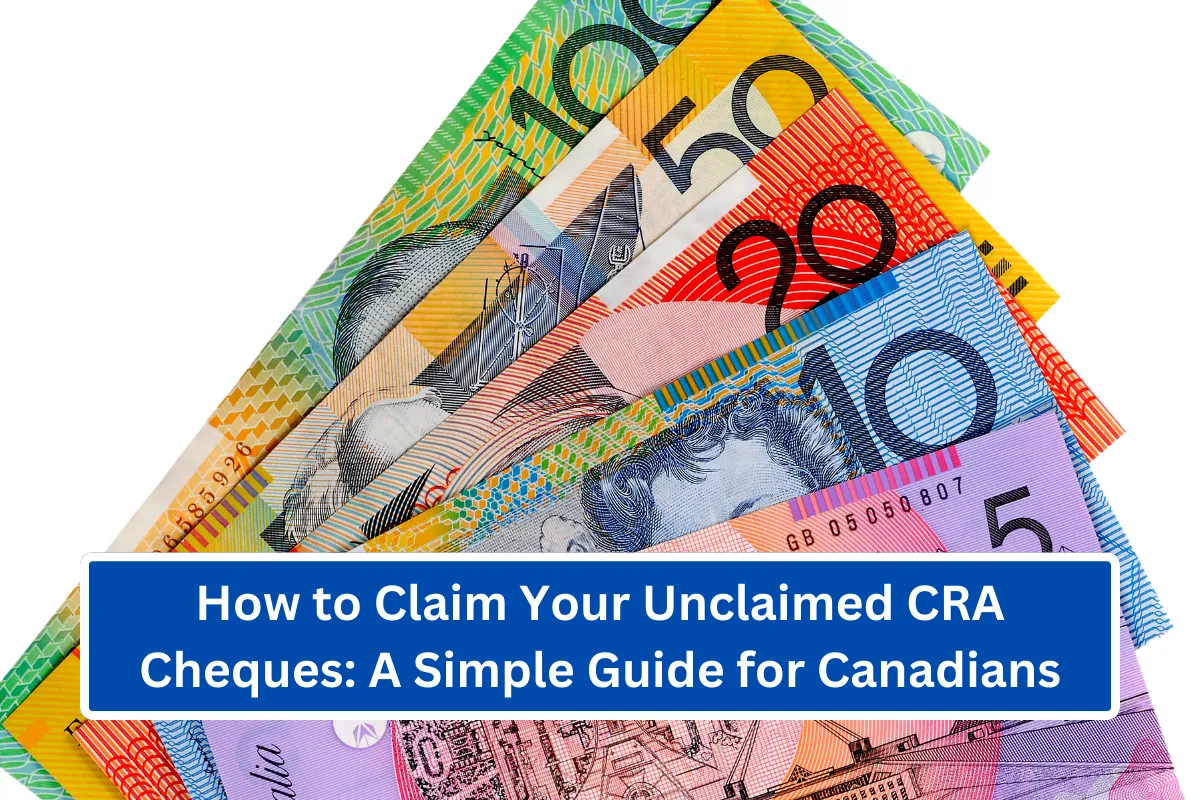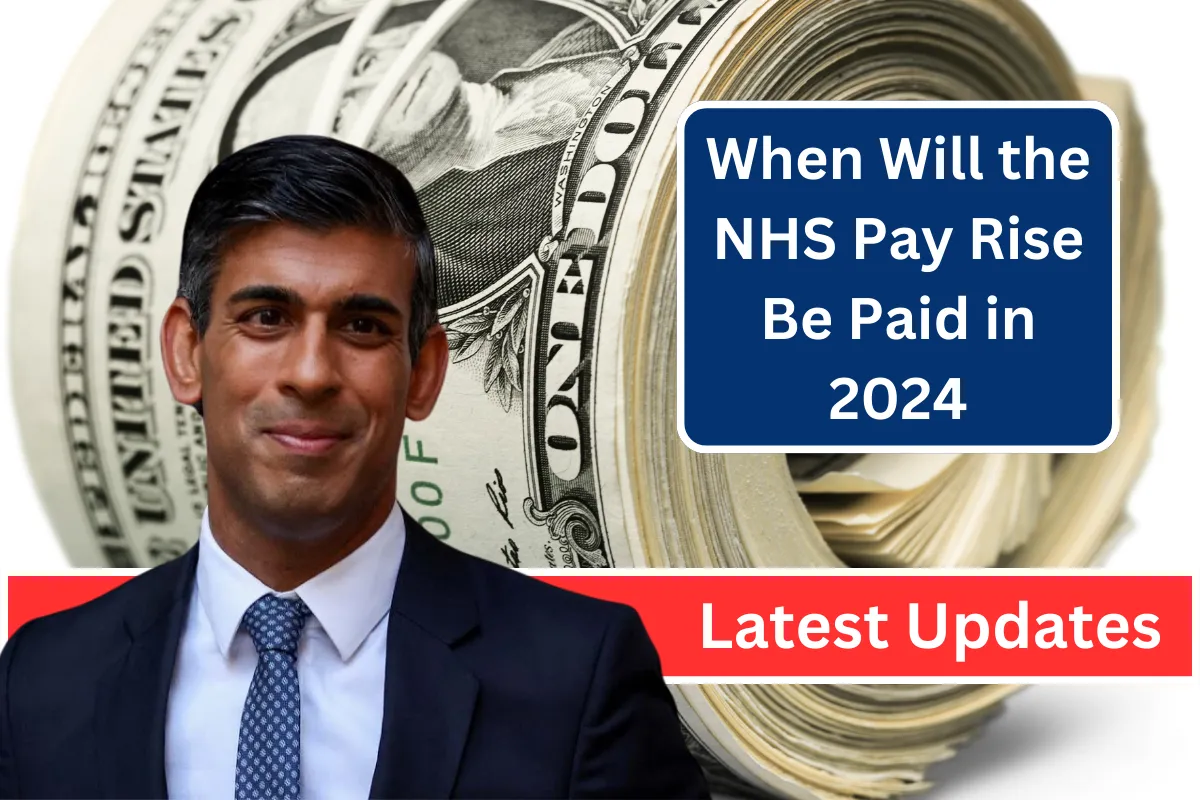Natural disasters like earthquakes, floods, and wildfires can cause severe damage to communities, leaving many people struggling to get basic needs met. In response, the
United States Department of Agriculture (USDA), through its Food and Nutrition Service (FNS), offers vital support with the Disaster Supplemental Nutrition Assistance Program (D-SNAP).
This program is designed to provide food assistance to those affected by emergencies, ensuring that people in need receive the necessary resources to cope during these tough times.
What is D-SNAP?
D-SNAP, or Disaster Supplemental Nutrition Assistance Program, is a special extension of the regular SNAP benefits, aimed at helping households impacted by natural disasters.
It offers short-term food aid to individuals and families who have faced disaster-related expenses or lost income. D-SNAP benefits are usually available in areas declared as disaster zones by the federal government, allowing for quick support to those affected.
Current D-SNAP Support Areas
As of 2024, D-SNAP benefits are being offered in several states, including California, Iowa, New Mexico, New York, Texas, and Vermont. These areas have been severely affected by recent natural disasters, creating a need for emergency food assistance.
For a complete list of areas receiving D-SNAP support, visit the official FNS disaster assistance page: FNS Disaster Assistance.
D-SNAP Allotments and Payment Amounts
D-SNAP benefits are calculated based on the size of the household to ensure families receive enough support. Here are the maximum allotments for the 48 contiguous states and the District of Columbia:
| Household Size | Maximum Allotment (USD) |
|---|---|
| 1 | 291 |
| 2 | 525 |
| 3 | 766 |
| 4 | 940 |
| 5 | 1,155 |
| 6 | 1,386 |
| 7 | 1,532 |
| 8 | 1,751 |
These allotments provide critical relief, helping households buy groceries and other necessities during the recovery period.
D-SNAP Eligibility Criteria
To qualify for D-SNAP benefits, households must meet specific criteria:
- Residence in the Affected Area: Applicants must live or work in the disaster-declared area.
- Disaster-Related Expenses: Households must have incurred costs directly related to the disaster, such as repairs, temporary shelter, evacuation, or food loss due to power outages.
- Income and Resource Limits: Eligibility is based on the household’s income and resources during the disaster period. The Disaster Standard Expense Deduction helps calculate eligibility by considering these extra expenses.
Even if households do not usually qualify for regular SNAP benefits, they might be eligible for D-SNAP if they meet the disaster-specific criteria.
Application Process
The D-SNAP application process varies by state and is usually available for a limited time after a disaster. For instance, in New Mexico, D-SNAP applications are being accepted from August 12-19, 2024, for areas like Rio Arriba and San Juan.
Applicants need to provide proof of identity, residence, and documentation of disaster-related expenses.
To apply, visit the local D-SNAP office or check the state’s official website for specific instructions. The FNS also works with state agencies, tribal organizations, and voluntary groups to make the application process as smooth and quick as possible.
D-SNAP plays a crucial role in helping families recover from natural disasters by providing timely food assistance and support. If you or someone you know has been affected by a recent disaster, checking eligibility and applying for D-SNAP can provide essential relief during these challenging times.
What does D-SNAP stand for?
D-SNAP stands for Disaster Supplemental Nutrition Assistance Program. It provides temporary food assistance to individuals affected by natural disasters.
How can I check if my area is receiving D-SNAP support?
Visit the official FNS disaster assistance page at FNS Disaster Assistance for a list of current support areas.
What documents are needed to apply for D-SNAP?
You need to provide proof of identity, residence, and documentation of disaster-related expenses.
Can households not usually eligible for SNAP qualify for D-SNAP?
Yes, even if a household doesn’t normally qualify for regular SNAP benefits, they may still qualify for D-SNAP if they meet the disaster-specific criteria.
How long is the D-SNAP application period?
The application period varies by state and disaster. Check local guidelines or the state’s official website for specific dates.





